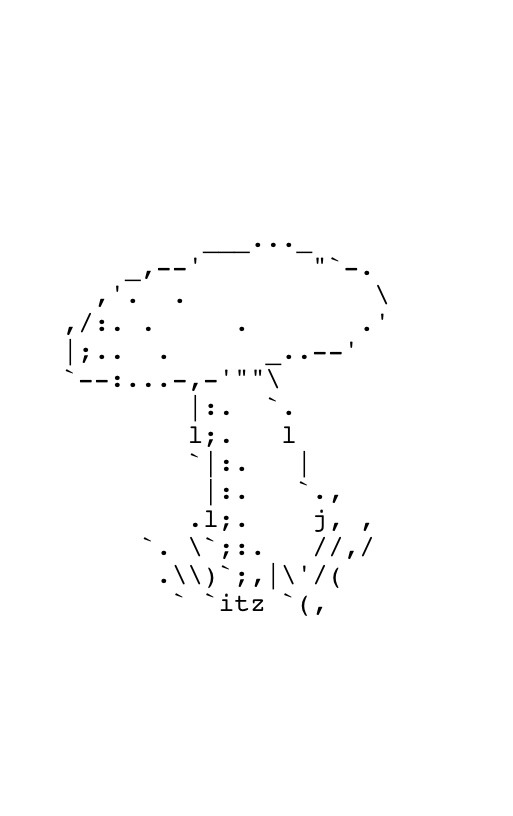The following is an attempt to succinctly describe what skills and knowledge I bring to the class and my team. It is not succinct unless you skip the first and second paragraphs.
It's a bit bizarre, being someone who mainly works as a technician, here, in this class full of artists and engineers. I feel, if not an identity crisis, a slight sinister rumbling deep in the muddy swamp that is the collection of terms I apply to myself. I certainly wouldn't describe myself as an engineer (it is a protected term after all), and I would generally describe myself as someone who makes art rather than as an artist. After a bit of research (thanks Yahoo Answers!), I've learned that an engineer is generally a specialist in the knowledge underlying why things do what they do, and a technician is generally a specialist in making things do what they do. There are plenty of blurry tentacles (to continue with the swamp metaphor) reaching back and forth between both categories.
Yahoo Answers has not reached a conclusion about what an artist is. For me, an artist is a specialist in art. You may smell another massive bubble of swamp gas moving towards the surface as I hastily beat a retreat from defining what art is. The relevant chunk is that I am not a specialist in making art, I am a jack of many trades who happens to often make art.
Really though, to actually address the question, it isn't hard to summarize what I'm good at. I know how to make computers and electronics do what I want, for the most part. If I don't know how to do something, I know how to find instructions to do it. I often don't understand the true nature of what I'm doing, but I can still get what I want to happen to happen. Leaving the screen behind, I'm good at making things. I have over a decade of woodworking experience, I enjoy welding, I enjoy soldering, I like tightening nuts and greasing bicycles.
Our project, and my ideas about it, has changed a fair bit over the last few weeks. In our preliminary discussions trying to determine what our project would be, an interactive installation was always the intended end point. One of the central challenges for me, and for the rest of the group, was to determine what the interaction would be, and what this interaction would represent in terms of the prompt "the environment." There is, of course, the interpretation of "environment" in the context of environmentalism, the earth and water, and relationship with and shaping of the planet. In this context the set of interactions we were interested in was fairly explicit in its meaning. For example, a trash can that take photos of its contents and projected the week's accumulation behind it. This idea has a certain in-yer-face aesthetic appeal to me, but it actually seems to reduce our relationship to the environment down to a specific issue. I suppose pinpointing the issues that we care about was intended, as this was an explicit conversation surrounding the Lego Serious Play sculptures. Still, though, it seems to reduce a very open-ended conversation to "environmental issues".
The Environment, considered broadly, is both the material totality of the world we live on (and the entire universe surrounding it, really) and the totality of the relationships that exist within that world. I think some would argue that these two are indistinguishable, that the relationships aren't intangible things, but actually what makes up the material world. There is no mushroom without the log, there is no log without the tree, there is no tree without the dirt, there is no dirt without the mushroom.
What our project will demonstrate, I hope, is the fracturing in our understanding of this interdependent set of relationships. Our bizarre cyborg organism in a glass case is visibly separated from the world as a thing to be looked at and prodded. There is no evident holism, and I have to wonder whether the spatial configuration surrounding it is important here. If the world outside the glass case feels organic rather than artificial (I hesitate to use these words, not necessarily knowing how to distinguish them from each other), the breakage between this object and its surroundings may seem more clear.

Comments
No comments yet. Be the first to react!